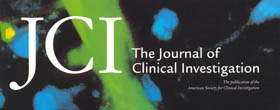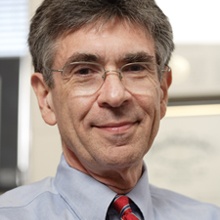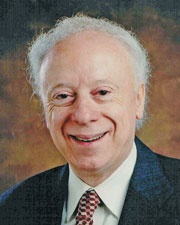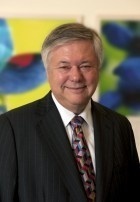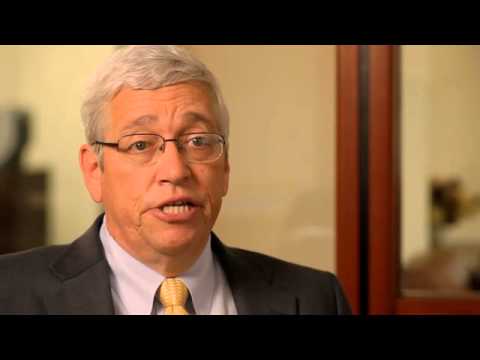 In a recent video, Orgenics Inc.’s President and CEO John Bonfiglio explains various biotech products and projects that his company is undertaking.
In a recent video, Orgenics Inc.’s President and CEO John Bonfiglio explains various biotech products and projects that his company is undertaking.
He says he joined Orgenics over a year and a half ago because he saw the company as a “rough gem” in the world of biotech.
He states,
“Here’s a company that had a pipeline full of very exciting and interesting products—potentially blockbuster products—in the area of antibiotics and probiotics. I felt that my expertise in the areas of developing drugs and in marketing products would lend itself to this company in a great fashion and produce a great deal of value for shareholders and potential customers.”
Bonfiglio lists off lantibiotics—a class of antibiotics for the use of resistant forms of diseases—and probiotics as two projects that Orgenics is working on. He says that the company is developing lantibiotics for use against antibiotic-resistant tuberculosis, for example, alongside Intexon Corp., which is owned by Randal J. Kirk.
“The technology that we’re using will help us produce large quantities of these lantibiotics, which can be used to treat diseases in many different countries around the world and many different disease states,” he says.
Bonfiglio explains that “probiotics are defined as giving a dose of a living organism to a person in a quantity that will allow it to elicit some sort of beneficial effect.” He says that Orgenics has developed Probior 3, which is a mixture of three different strains of bacteria that are specifically designed to work on the mouth instead of the stomach. He states that the probiotic area has a huge opportunity in developing countries where people do not have access to toothbrushes or tooth paste, and not everyone brushes their teeth.
He explains the concept behind this probiotic:
“The idea behind this is that in any human there is about 850 different species of bacteria. A lot of them are very bad players that can cause gum disease and tooth decay. The reason why they don’t cause more damage is because there are beneficial bacteria that actually help to keep those bacteria in check. The idea behind Probior 3 is to actually overwhelm the mouth with these beneficial bacteria and displace the bacteria that can cause tooth decay and gum disease overtime.”
Bonfiglio says that the probiotics can be easily distributed worldwide, and that the lantibiotics and probiotics are being sold in the United States as a food supplement to whiten teeth and improve breath and general oral health.
Watch the full video below.
Bonfiglio worked as the president, CEO and director for Transdel Pharmaceuticals Inc. He also worked as the president and CEO of Argos Therapeutics in Durham, NC, as well as the CEO of The Immune Response Corporation in Carlsbad, Calif. He was also the CEO of Peregrine Pharmaceuticals and held senior management positions with Cypress Biosciences, Baxter Healthcare and Allergan Inc.
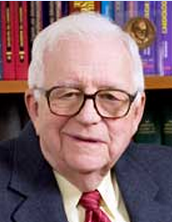 "I think there was a push and a pull. I think the push was that there were a lot of courses in shop, and drafting which I was not really very good at. I did well in mathematics and physics but not in the manual courses which of course weren't really necessary for engineering but that's the way the school was designed. So I became uncomfortable about that. And then I thought that [engineering] was quite impersonal. And so those are the two things that [drove me to medicine]."
"I think there was a push and a pull. I think the push was that there were a lot of courses in shop, and drafting which I was not really very good at. I did well in mathematics and physics but not in the manual courses which of course weren't really necessary for engineering but that's the way the school was designed. So I became uncomfortable about that. And then I thought that [engineering] was quite impersonal. And so those are the two things that [drove me to medicine]." Dr. Eugene Braunwald,
Dr. Eugene Braunwald,  giants in medicine,
giants in medicine,  ushma neil |
ushma neil |  Print Article
Print Article  Email Article Posted on
Email Article Posted on  Tuesday, January 1, 2013 at 1:55PM
Tuesday, January 1, 2013 at 1:55PM  Permalink in
Permalink in  biotech
biotech 

